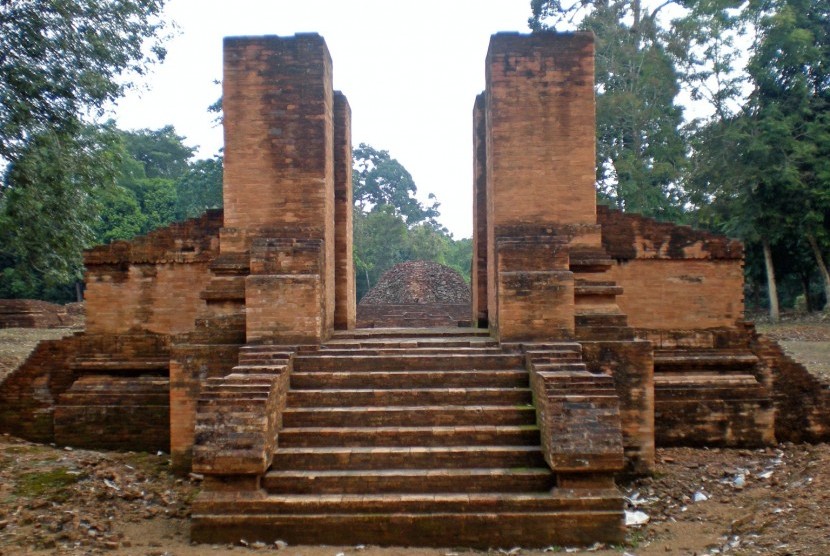REPUBLIKA.CO.ID, JAMBI -- The Muarojambi temple, located in Muarojambi district, Jambi province, is increasingly in demand among tourists, Head of the Culture, Sports, and Tourism Office of Muarojambi district Nur Subiantoro stated here, Tuesday.
"In 2014, the number of tourists visiting the temple was 76 thousand," he pointed out.
This number increased by twenty thousand tourists as compared to that recorded in 2013.
The number of foreign tourists in 2014 was 160, which also increased as compared to that recorded in the previous year.
According to Subiantoro, as the temple complex has a large area, hence the site would still appear deserted even when a thousand people visit the temple.
On May 24, 2015, the Muarojambi temple management will hold an annual event named the 12th Muarojambi Festival for four days.
"Last year, at least eight thousand people visited the temple during the event," Subiantoro stated.
Some programs scheduled during the event are a colossal dance, tourism rally, and bazaar, besides Muarojambi's traditional shows and games as well as a gemstone contest, among others.
"Before the event is inaugurated, one thousand Buddhists will hold the Waisak ritual in the temple in order to celebrate the holiest day on the Buddhist calendar and is celebrated by Buddhists across the world," Subiantoro stated.
The Muarojambi Temple Festival will be held at the temple's site that covers seven villages: Dusun Baru, Danau Lamo, Muarojambi, Kemingking Luar, Kemingking Dalam, Teluk Jambu, and Dusun Mudo.
The Muarojambi temple site has the remains of 82 ancient buildings, of which eight are open to public and are under the incentive preservation program.
This archaeological site stretches 7.5 kilometers from west to the east on the banks of Batanghari River.
This temple site is located at a distance of 30 kilometers from Jambi city and can be reached by land and river.
The temples in Jambi, which have been restored and can be visited by tourists, include Vando Astano, Gumpung, Tinggi, Kembar Batu, Gedong 1, Gedong 2, and Kolam Talaga Rajo.
Other historic structures around the temples are canals that surround the temple site. Their locations are spread across some villages such as Muarojambi, Kemingking Dalem, and Danau Lamo.


